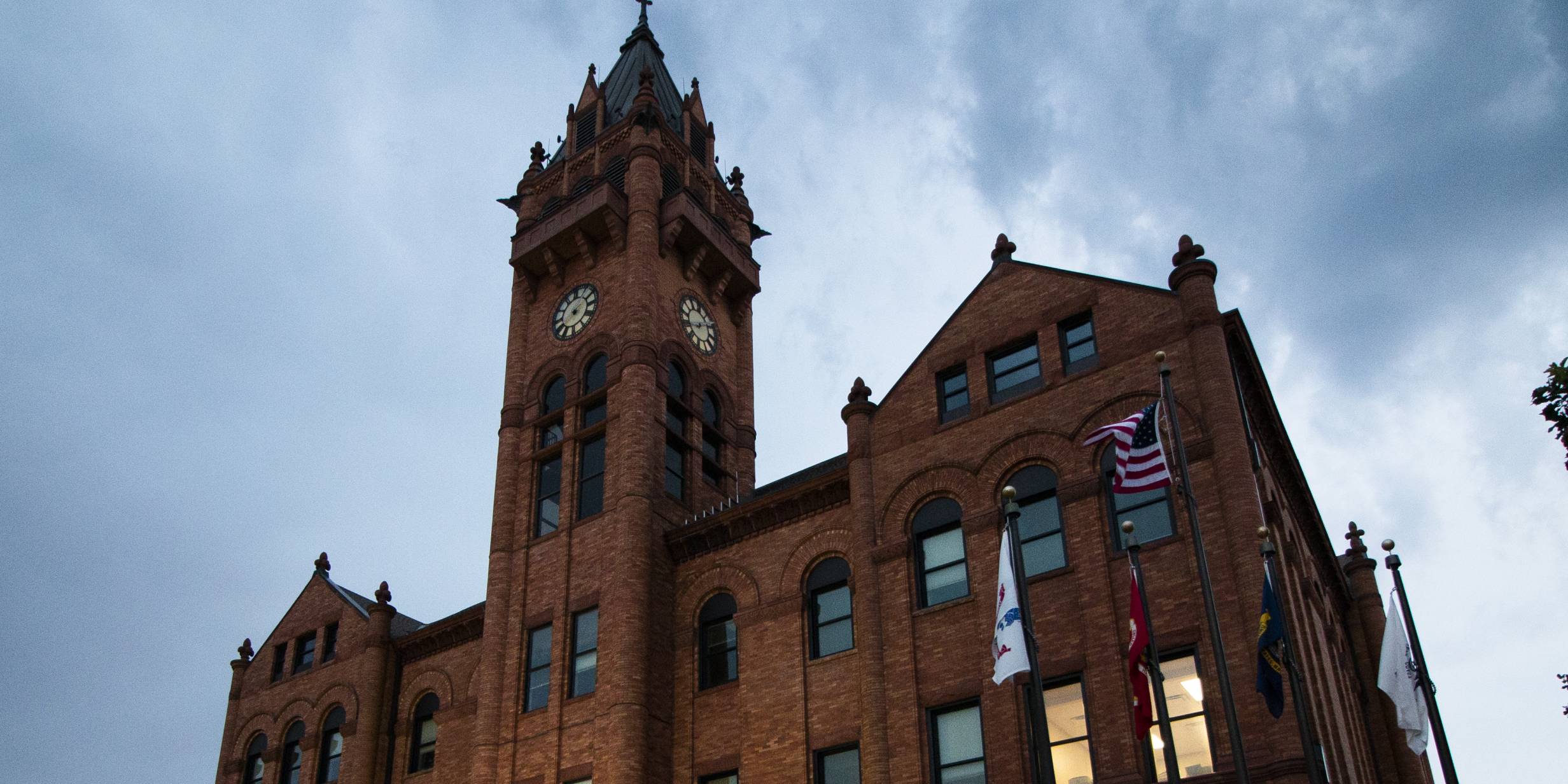Downtown Urbana is rich with a history that pre-dates almost any other town in the area, including Champaign. The Downtown Urbana Historic District was recently added to the National Register of Historic Places due to its significant architecture and the variety of commerce that has come and gone over the last 150+ years, including hotels, banks, opera houses, and saloons. The designation will now make the historic district eligible to some federal financial incentives and will create marketing value simply by being on the list. You can read the full press release below and view the map outlining the boundaries of the district. Photo by Steven Pratten
DOWNTOWN URBANA HISTORIC DISTRICT ADDED TO NATIONAL REGISTER OF HISTORIC PLACES
The Downtown Urbana Historic District has been added to the National Register of Historic Places. The listing was announced August 30, 2019 by the National Park Service, based on a recommendation by the Illinois Historic Sites Advisory Council to the Illinois Department of Natural Resources. The IDNR State Historic Preservation Office administers the National Register program in Illinois on behalf of the National Park Service.
The Downtown Urbana Historic District – bounded roughly by Illinois, Walnut, Water, Goose Alley and Cedar Streets – is important for its association with Urbana’s architectural, governmental and commercial history.
This addition to the register came about when Dan Maloney, owner and CEO of DETech, began renovating the Nat Cohen Building at the northeast corner of Main and Race Streets in Downtown Urbana. Besides DETech, which has been in the building for two years, Big Brothers Big Sisters of Central Illinois has offices in the building, currently. Maloney knew this would bring great value to Downtown Urbana.
“I am very excited about the establishment of the Downtown Urbana Historic District. I believe that it is a significant milestone in the ongoing revitalization of the downtown area. In addition to the marketing value of being listed in the National Register of Historic Places, this designation also provides some federal financial incentives that should help to fuel additional, private investment in properties in the district,” Maloney said.
Since the establishment of Champaign County in 1833, Urbana has had five county courthouses anchoring its downtown, the most recent of which was built in 1901. Two former post office buildings and the public library continue to have a presence in the downtown, as well.
A variety of commerce developed as an offshoot of Urbana serving as a county seat, with everything from opera houses and hotels, banks to bakeries, and millinery shops to saloons lining the streets of the downtown. The historic district is also significant for architecture representing excellent examples of a variety of 19th and 20th century styles and types. Architecturally, the buildings follow a stylistic timeline coinciding with the mid- to late-19th century Italianate and Romanesque Revival styles, then to Classical Revival and Tudor Revival as second and third generation construction reflected a growing downtown economy.
The National Register of Historic Places is the official list of the nation’s historic places worthy of preservation. Listing on the National Register places no obligations on private property owners but does make properties eligible for some financial incentives. For more information on the National Register application process, contact Andrew Heckenkamp, Survey and National Register Coordinator at 217-485-4324 or visit https://www2.illinois.gov/dnrhistoric/Preserve/Pages/Places.aspx
For more information about the City of Urbana, please visit www.urbanaillinois.us.









